Katmai’s fat bears are famous, but here’s what you else you should know about the park
Many people couldn’t point out Katmai National Park and Preserve on a map, but they’ve probably heard of it burly residents.
Each fall, Katmai hosts Fat Bear Week, a beloved celebration of the park’s brown bears and larger ecosystem in the northern Alaska Peninsula.
“What's striking about Katmai, aside from our famous fat bears and the fish, is the fact that this is an incredibly remote place and because of that, that ecosystem has been preserved,” said Peter Christian, chief spokesperson for Public Affairs for the National Park Service’s Alaska region. “You have free-running rivers that are not polluted, and looking at the park in the whole, it's really quite amazing because it's just the way it was before we started seeing modern influence.”
Here’s what travelers should know about Katmai, the latest national park in USA TODAY’s yearlong series.
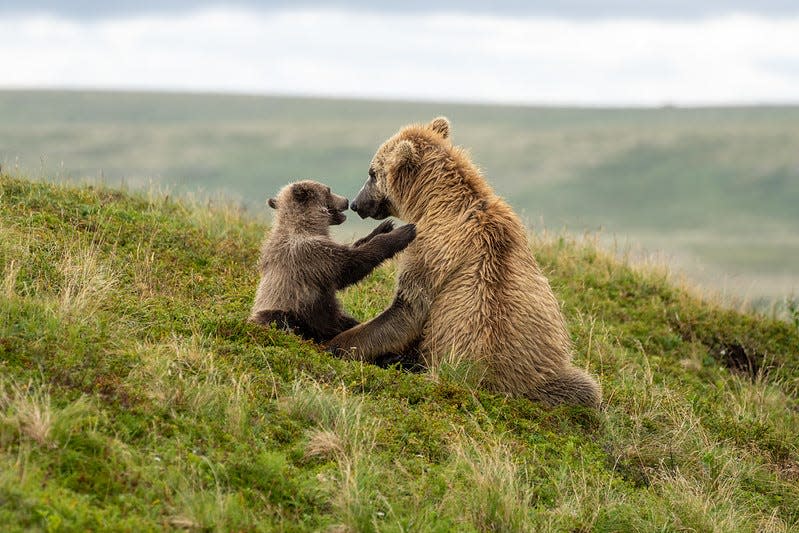
What makes Katmai special?
“Back in (1912), there was an enormous volcanic eruption called Novarupta, and it buried what later became Katmai National Park in half a mile of ash, and that became the Valley of Ten Thousand Smokes,” Christian explained. “The park was originally formed around the idea of preserving this volcanic destruction, but of course, now the park has become about more than just that.”
In addition to protecting the land and its unique ecosystem and wildlife, he added, “It also protects 9,000 years of human history.”
Do people live in Katmai?
Not anymore. Christian said, “The volcano changed all that.”
But the park’s website notes, “If you look back a little further, you'll see the Euro-American trappers, Native Alaskan Alutiiq people, Russian explorers, and American entrepreneurs who made the park their home in bygone times.”
Alutiiq people still live nearby.
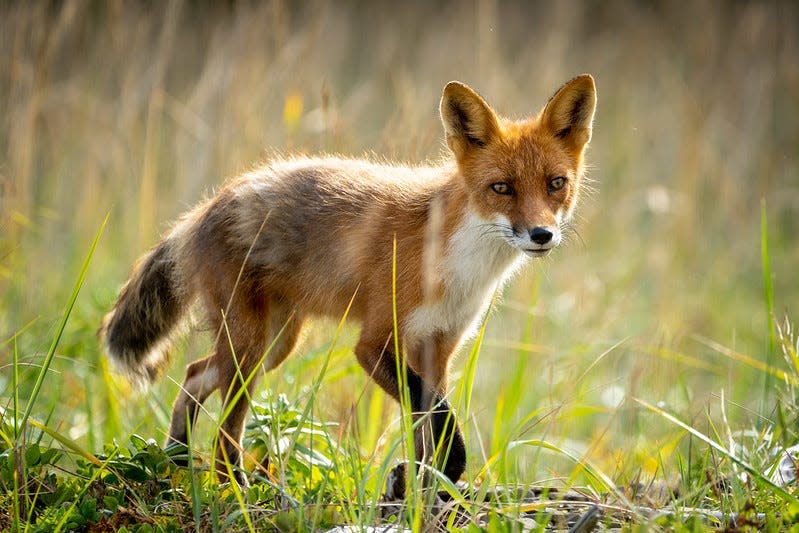
Can you drive from Anchorage to Katmai National Park?
No. There are no roads connecting the park to the rest of Alaska.
Its headquarters are on the edge of the park in King Salmon, about 290 miles away from Anchorage by air, according to the park.
“It's remote and hard to get to and expensive, but that shouldn't discourage you if you want to see it because it really is spectacular,” Christian said. “The landscape is spectacular and the fact that you can see these large brown bears interacting with their environment up close and personal is just unique in the world.”
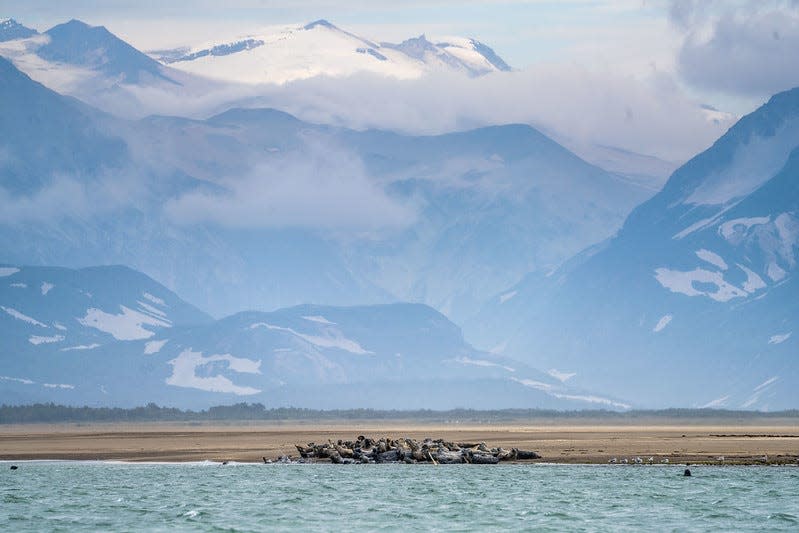
How much does it cost to get to Katmai?
There are no entrance fees for the park, but getting to the park is expensive.
First of all, travelers have to get to Alaska, which is not cheap.
“Once you get to Anchorage … there's daily jet service on Alaska Airlines and you can get a round trip to King Salmon, which is the jumping off point to Katmai. You can get there for about $700 and round trip (from Anchorage),” Christian said. “Once you're in King Salmon, you can take an air taxi or water taxi – your choice and again that's probably another $500 or $600 round trip to get you to Brooks Camp and back to King Salmon.”
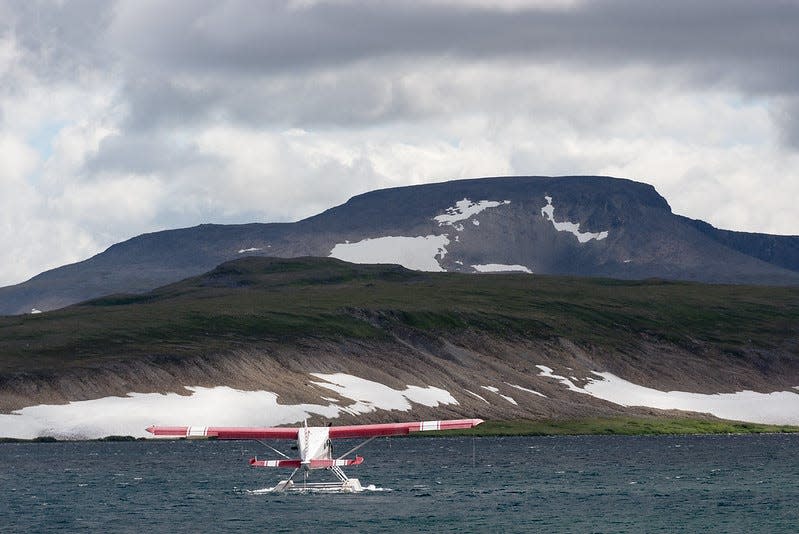
Can I stay in Katmai National Park?
There are two lodges, Brooks Lodge and Grosvenor Lodge, within the park operated by an authorized concessionaire, Katmailand. There are also several other third party lodges on private property around or in the park.
“For people on a budget who don't mind camping, there's a good campground” at Brooks Camp, Christian said. “There's also daily bus during the summer out to the Valley of Ten Thousand Smokes and you can go backpacking and spend as long as you want camping in the park.
One other option is a nearly 100-year-old one-room cabin, Fure’s Cabin, on the Bay of Islands that can rented through Recreation.gov. But it’s hard to get to, only be accessible by float plane or boat, and books up.
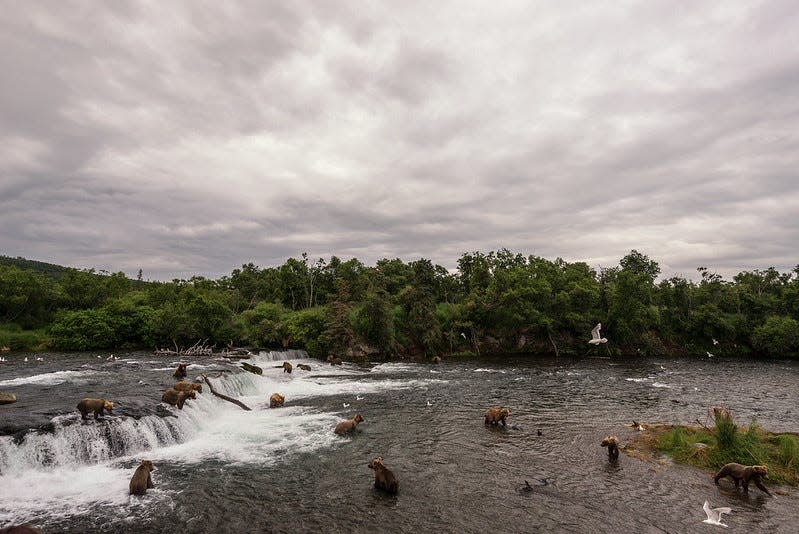
What should I do at Katmai?
Bear watching from wildlife viewing platforms at Brooks Camp and sport fishing are among the most popular activities in the park, but Christian said one thing many visitors miss out on is Katmai’s coast.
“It's a rough and rugged coastline that's exposed to the full brunt of the Pacific Ocean and the weather,” he said. “You feel like you're at the end of the world.”
The park’s website notes most authorized air taxis also offer flightseeing tours.
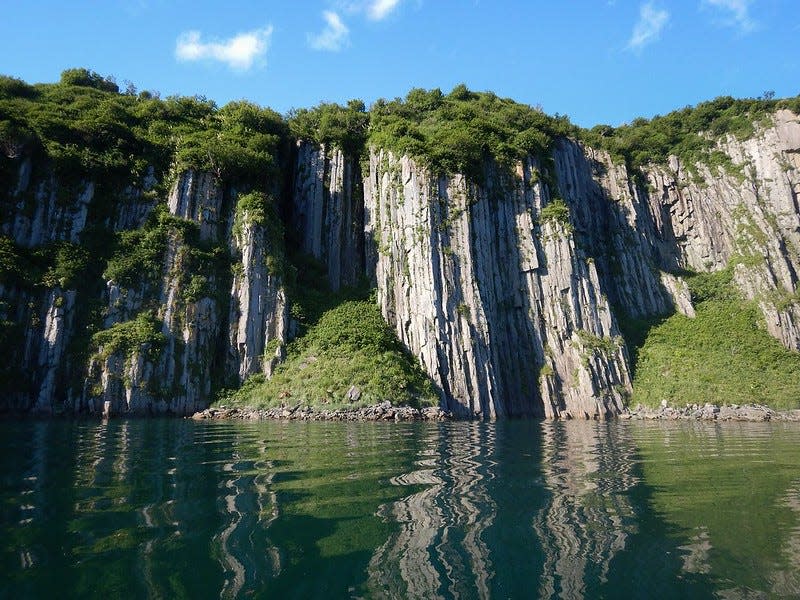
This article originally appeared on USA TODAY: Katmai National Park has much more to see than its fat bears